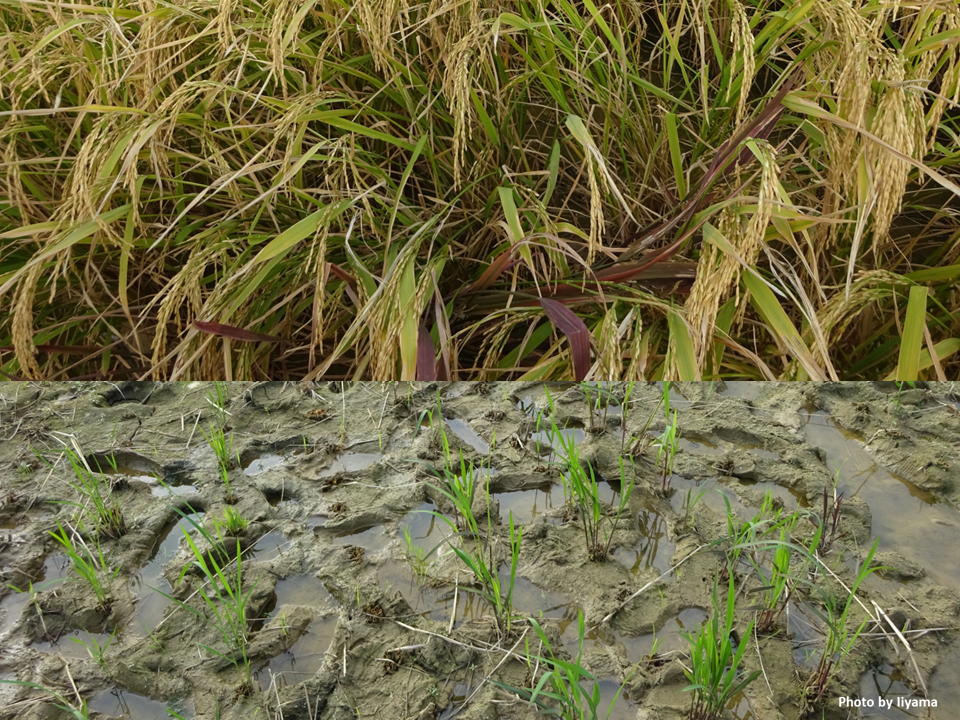Pick Up
1368. Potential for Sustainable Paddy Rice Farming Systems

1368. Potential for Sustainable Paddy Rice Farming Systems
Yesterday, October 27th, the JIRCAS International Symposium 2025: Accelerating the Implementation of Agricultural, Forestry, and Fisheries Technologies in the Asian Monsoon Region: Progress and Prospects for Improving Productivity and Building Sustainable Food Systems was successfully held at the Hitotsubashi Hall in Tokyo. Thank you to everyone who participated. We will report on the symposium's findings in the near future.
The JIRCAS Green Asia Project, featured at the symposium, focuses on the Asia-Monsoon region, which shares characteristics with Japan, such as high temperatures and humidity, rice paddy-based agriculture, and a high proportion of small- and medium-sized farmers. The project has explored collaborations to accelerate the application of scientific and technological innovations that simultaneously reduce greenhouse gas emissions and improve productivity.
Rice paddy soils constitute the largest wetlands on Earth, but they have been significantly altered by anthropogenic activities. In rice paddy soils, microbially mediated redox cycles, driven by water and soil management, control the dynamics of soil minerals and soil organic matter. Practices that can simultaneously increase rice yields and reduce greenhouse gas emissions depend on locally specific climatic and soil conditions and thus have yet to be fully defined. Furthermore, whether producers will adopt such technologies depends on socioeconomic and institutional conditions. The Green Asia Project aims to collect scientific evidence based on applied empirical research in the Asia-Monsoon region and disseminate information on the conditions necessary for social implementation.
Meanwhile, there seems to be a lack of understanding about the biogeochemical processes by which redox cycles caused by anthropogenic soil and water management in paddy rice cultivation form specific paddy soil compositions in the short and long term. While paddy soils are significantly influenced by microbial metabolism in the short term, they appear to be controlled in the long term by mineral weathering and synthesis, as well as the accumulation of organic matter and organic nitrogen. More empirical evidence is needed to build sustainable paddy rice cultivation systems.
Below is an announcement from Patagonia Japan, which advocates regenerative organic agriculture for sustainable food systems, about the "Regenerative Organic Conference" event, which will discuss the unique characteristics of paddy rice farming systems and their potential in Japan.
Regenerative Organic Conference 2025
~Paddy Rice Farming Systems and Their Potential in Japan~
Date and Time: Thursday, November 27, 2025, 1:00 PM - 5:00 PM (Doors open at 12:15 PM, tentative)
Organizer: Patagonia Japan
Co-organizer: Regenerative Organic Alliance
Event website: https://info.patagonia.jp/events/1178/
(References)
Ingrid Kögel-Knabner, et al. Biogeochemistry of paddy soils, Geoderma, Volume 157, Issues 1–2,
2010, https://doi.org/10.1016/j.geoderma.2010.03.009
Ping Liao, et al. Identifying agronomic practices with higher yield and lower global warming potential in rice paddies: a global meta-analysis, Agriculture, Ecosystems & Environment, Volume 322, 2021, 107663, https://doi.org/10.1016/j.agee.2021.107663
Contributor: IIYAMA Miyuki, Information Program
